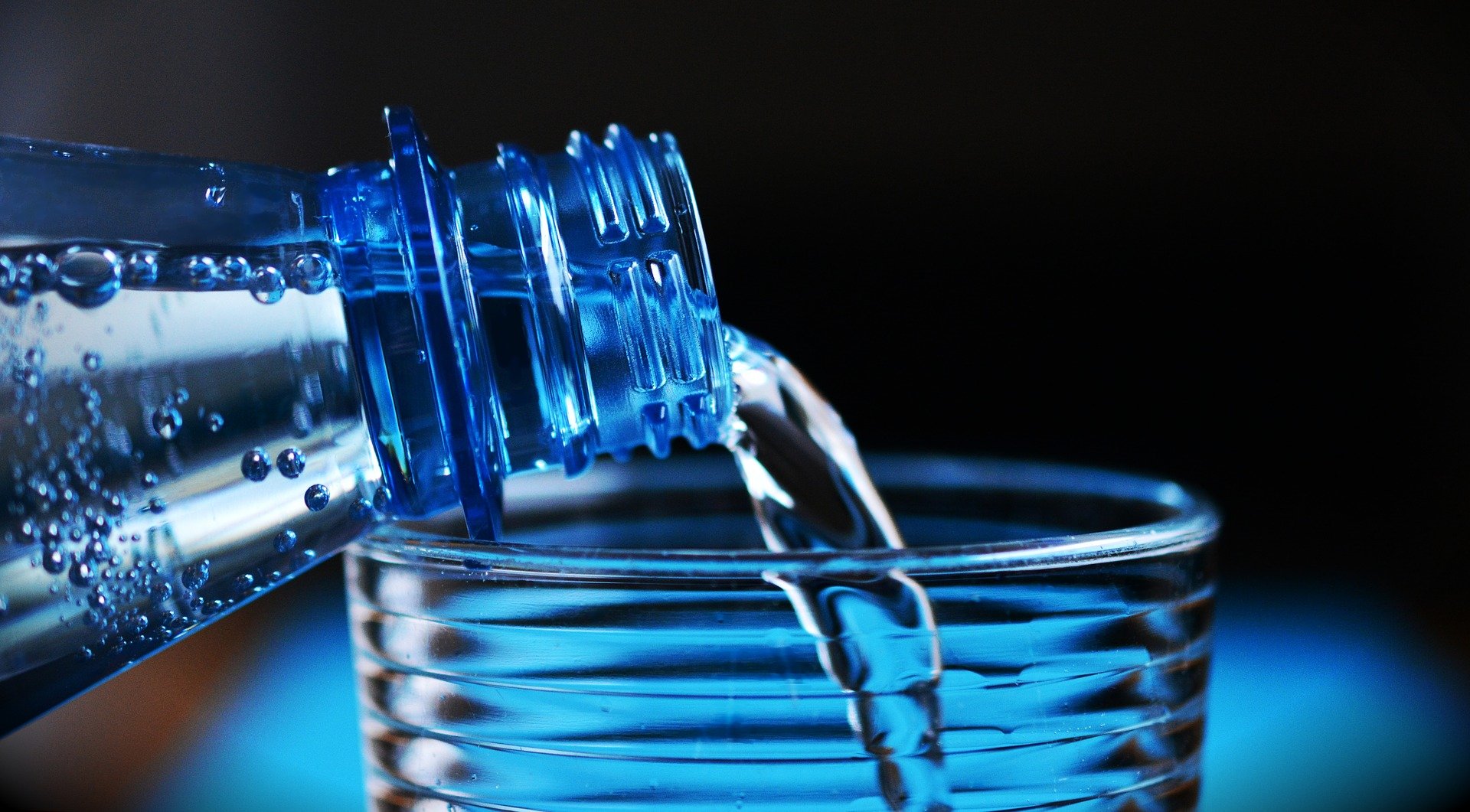Heat Stress and Hydration
 During the hot summer months, it is important to take care of yourself when you are
outside. Some important tips to remember about heat stress and hydration include;
During the hot summer months, it is important to take care of yourself when you are
outside. Some important tips to remember about heat stress and hydration include;
- Know your limits in the heat, drink more fluids, take breaks often, and watch for
symptoms of heat related illnesses
- Eat healthy meals before yard work to keep you energized
- Block the sun, wear sunscreen and a wide brimmed hat to keep the sun off your face,
head, ears, and neck
- The hours between 10 a.m. and 4 p.m. have the most UV exposure in the United States
- Stay hydrated, so drink plenty of water
Heat Stress
- Check it out!! OSHA-NIOSH Heat Safety Tool App | NIOSH | CDC – this app is, “a useful resource for planning outdoor work activities based on how
hot it feels throughout the day.” It gives the user a visual representation of the
current heat index and the risk levels for your specific location. It is available
on the Apple App Store or Google Play.
- While the Occupational Safety and Health Administration focuses on workplace safety,
you can still check out their website to learn more about Heat Stress with this guide.
Heat Stress Guide | Occupational Safety and Health Administration (osha.gov)
- What personal protective equipment is effective in minimizing heat stress?
- Reflective Clothing
- Auxiliary Body Cooling Ice Vests
- Wetted Clothing
- Water-cooled garments
- Circulating Air
- What Administrative or work practice controls may be used?
- Acclimatize Workers
- Replace Fluids
- Reduce Physical Demands
- Provide Recovery Areas
- Reschedule Hot Jobs
- Monitor Workers
- For additional resources check out the Centers for Disease Control and Prevention
/ National Institute for Occupational Safety and Health webpage, Heat Stress | NIOSH | CDC
Hydration

“So how much fluid does the average, healthy adult living in a temperate climate need?
The U.S. National Academies of Sciences, Engineering, and Medicine determined that an adequate daily fluid intake is:
- About 15.5 cups (3.7 liters) of fluids a day for men
- About 11.5 cups (2.7 liters) of fluids a day for women"
The Mayo Clinic is a not-for profit organization, whose mission is, “Inspiring hope
and promoting health through integrated clinical practice, education and research.”
Check out their information on Water: How much should you drink every day? - Mayo Clinic.
Benefits of Water Include:
- Helps get rid of body waste through urination, perspiration, and bowel movements
- Keeps your temperature normal
- Lubricates and cushions joints
- Protects Sensitive Tissues
The U.S. Department of Veterans Affairs has this informational handout about the benefits
of water and dehydration warning signs - MOVE! Nutrition Handout N31: Water — Drink Up! (va.gov)
Dehydration Warning Signs:
- Nausea
- Vomiting
- Headaches
- Elevated body temperature
- Dry or chapped lips and tongue
- Dry skin
- Water Retention Problems
- Muscle or joint soreness
- Hoarse voice
- Constipation
- Restlessness
- Muscle Cramps
- Low-Volume and/or dark colored urine
- Light-headedness and loss of energy
The U.S. Department of Agriculture, provides “leadership on food, agriculture, natural
resources, rural development, nutrition, and related issues based on public policy,
the best available science, and effective management.” Check out their webpage and
learn more about Water, Hydration, and Health | Nutrition.gov
The Centers for Disease Control and Prevention, Rethink Your Drink | Healthy Weight, Nutrition, and Physical Activity | CDC
- Tap or Bottled Water — 0 Teaspoons of Sugar
- Sports Drink — 2 Teaspoons of Sugar
- Sweet Tea — 8.5 Teaspoons of Sugar
- Cola — 10.25 Teaspoons of Sugar
- Orange Soda — 13 Teaspoons of Sugar
Water and Healthier Drinks | Healthy Weight, Nutrition, and Physical Activity | CDC
Tips to Drink More Water:
- Carry a water bottle with you and refill it throughout the day
- Choose water over sugary drinks
- Opt for water when eating out. You’ll save money and reduce calories.
- Add a wedge of lemon or lime to your water. This can help improve the taste and help
you drink more water than you usually do.
How much water should you drink? - Harvard Health
Water has many important jobs;
- Carrying nutrients and oxygen to your cells
- Flushing bacteria from your bladder
- Aiding digestion
- Prevention constipation
- Normalizing blood pressure
- Stabilizing the heartbeat
- Cushioning joints
- Protecting organs and tissues
- Regulating body temperatures
- Maintaining electrolyte (sodium) balance
 During the hot summer months, it is important to take care of yourself when you are
outside. Some important tips to remember about heat stress and hydration include;
During the hot summer months, it is important to take care of yourself when you are
outside. Some important tips to remember about heat stress and hydration include;